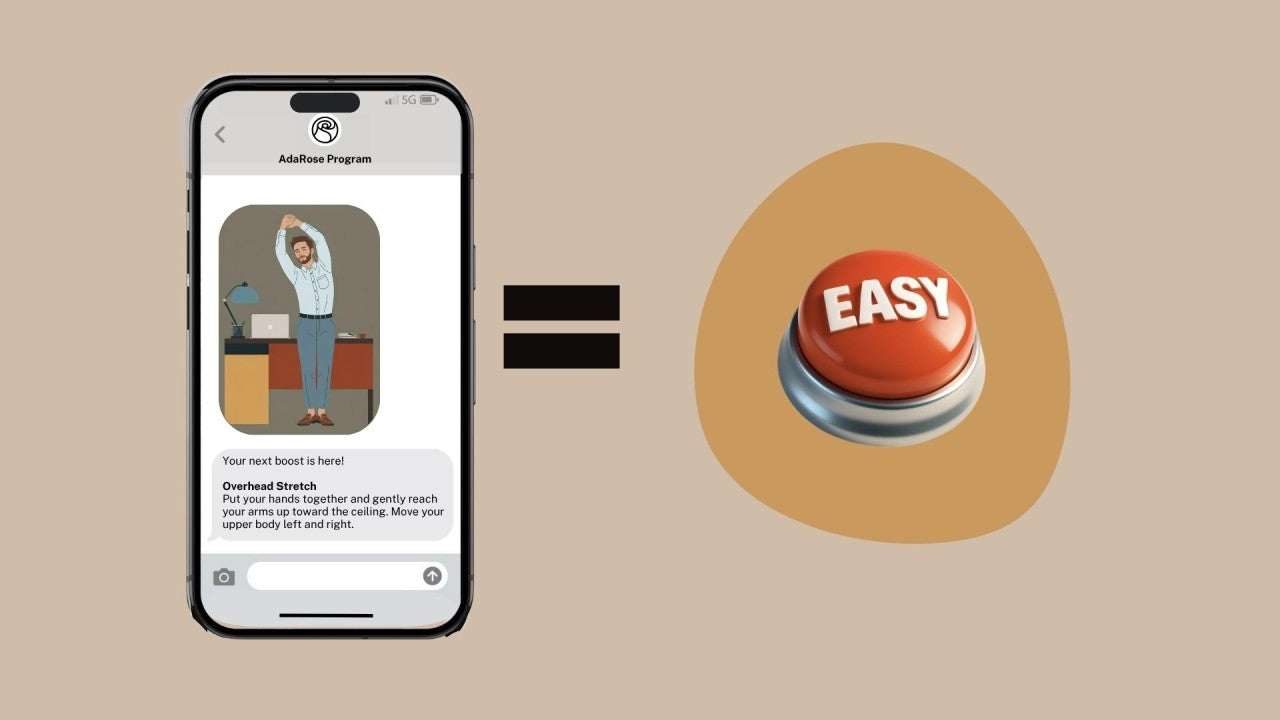What is National Wear Red Day?
Are you familiar with the "red dress campaign"? This Friday, February 4th, is National Wear Red Day. It’s an initiative by the American Heart Association designed to raise awareness of heart health and catalyze positive change in the health of women around the world. Events include in person and virtual gatherings, plus fundraising to support research and policy changes that benefit women.
This is important because women and men often experience the signs and symptoms of heart attacks and strokes differently. For example, while men typically experience a squeezing sensation in their chests during a heart attack, women are more likely to feel tired or suffer from indigestion, with or without the “telltale” chest pain.
The problem is, because people aren’t looking out for the symptoms commonly experienced by women, patients and their doctors are more likely to misdiagnose a heart attack in women and fail to get life saving care in time.
Women’s Heart Disease and Stroke - The Facts
Heart disease is the leading cause of death for women in the US, but many people don’t realize it's such a big health threat. Breast cancer, which kills 1 in every 30 women in the US, gets relatively strong attention (and focused prevention) compared to heart disease, which kills 1 in every 5 women.
A European study presented in 2021 reported that 41% of women experiencing a heart attack arrived at the hospital 12 or more hours after initial onset of symptoms, compared to 37% of men. Early treatment of a heart attack can mean the difference between life and death, and is the best way to mitigate significant disability. In addition, according to the same study, a higher proportion of women than men with heart attacks were misdiagnosed.
To compound the problem, a recent American study reported that female cardiac patients have worse health outcomes than male cardiac patients, but only when the treating cardiologist was male. There were no differences in health outcomes by gender reported when the doctor was female.
What’s going on there? It’s unclear, but we do know that most doctors (until now) have studied the male body as the “default” model in medical school, and most drug trials are conducted on men, even though some drugs produce different results in women. As of 2020, just 38% of clinical trial participants were women.
What You Can Do to Minimize Your Risk
More than one in three women is living with some form of cardiovascular disease. Whether you’re a woman yourself and/or care about others, awareness of women's heart health is a good first step.

There are social media images you can download from the American Heart Association to promote heart health.
There are many resources from reputable sources like the Food and Drug Administration (FDA) and the American Heart Association’s Go Red for Women campaign that can help you with:
-
Prevention – 80% of heart attacks and strokes can be prevented with education and action, including eating a healthy diet, getting regular exercise, and getting enough sleep
-
Management – If you have heart disease, it’s important to take medications as prescribed and make lifestyle changes that will enhance your quality of life… and possibly even help you live longer!
-
Supporting Others – One way to show your support is by donating to research on heart disease through the National Wear Red day campaign or other organizations. Another is helping spread the word through social media and other avenues so others are better informed, too.
Reframing Women’s Health
At Adarose we love National Wear Red Day because we strongly support efforts to improve women’s health and overall wellbeing, and because we believe that everyone (not just the medical community) has the power to make big, positive changes when it comes to health.
We also like National Wear Red Day because it calls attention to women’s health in a broad way. Too often “women’s health” is narrowly focused on having (or not having) babies, and on the female reproductive system.
But women’s health is so much broader! It also includes conditions like heart disease and stroke that are experienced differently by women and men. In addition, women are often the unofficial “Chief Health Officers” of their families, making 80% of the healthcare decisions for families, and frequently acting as caregivers for children and elders.

In our opinion, women’s health should encompass all of these topics and more.
If you’re planning to be at the South by Southwest SXSW festival in Austin in March, come join the meetup we’re hosting on Reframing Health! It’s March 12th from 11:30-12:30 in room 402 at the Austin Marriott. Won’t be there? Share your thoughts on reframing women’s health in the comments below.





